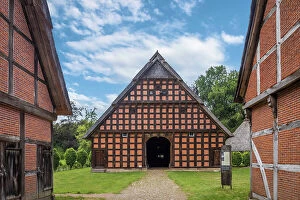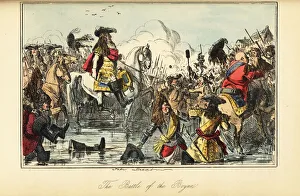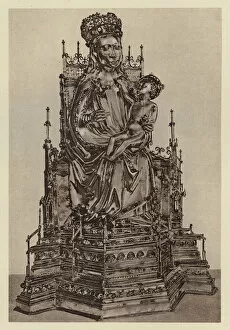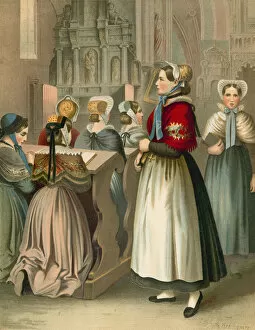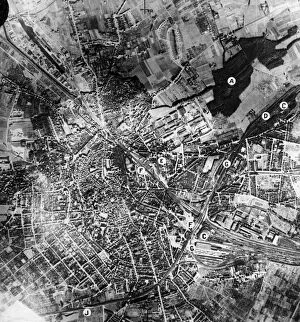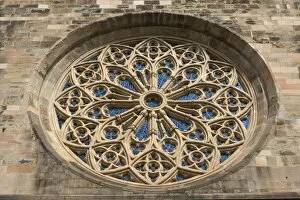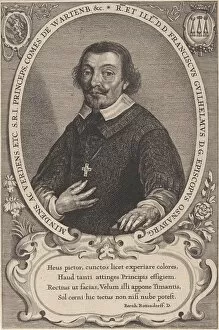Osnabruck Collection
Osnabruck, a city steeped in history and resilience
All Professionally Made to Order for Quick Shipping
Osnabruck, a city steeped in history and resilience. From the iconic image of King William II crossing the river at the Battle to King George I of England boarding the royal coach on his fateful night, this town has witnessed significant moments. The Town Hall stands proudly, its magnifying glass-like tower symbolizing its role as a center for justice and governance. In contrast, an old black-and-white photo captures Thronende Muttergottes, a serene statue that exudes timeless beauty. German costumes fill the streets during festive occasions like Hannover in Osnabruck. It's a sight that transports you back in time while German troops being transported in broken luggage vans remind us of darker days. Royalty also graced these streets; Prince George and Prince Frederick once walked among their subjects here. But war left scars on this resilient city - aerial reconnaissance photographs show bomb damage inflicted upon it during attacks. Yet amidst destruction, architectural marvels endure. The Gothic rose window adorning St John's parish church is a testament to craftsmanship from centuries past. And Gustav Garlic's watercolor painting reveals intricate details of the seminar building's cellar layout. Osnabruck is more than just historical events frozen in time; it is a living city with vibrant communities and thriving industries. Aerial reconnaissance photos taken by RAF highlight its industrial prowess before heavy attacks struck on that fateful August night. This captivating city tells stories through its landmarks and people - tales of triumph over adversity and resilience against all odds. Osnabruck invites you to explore its rich heritage while embracing its modern spirit as Lower Saxony's gem nestled within Germany's heartland.

